Ever wanted to dance and drink the night away, but felt guilty about all the energy and environmental impact? Well, worry no more! Philadelphia is about to get its first eco-friendly nightclub, coming our way from New York City and Miami. Greenhouse, New York’s first LEED-certified club, is currently in build-out mode at 725 Chestnut St., next door to Morimoto. It will occupy the first floor and lower level, approximately 8,000 square feet.
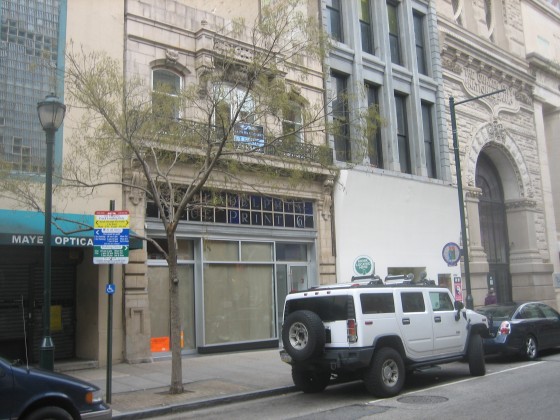
Coming soon
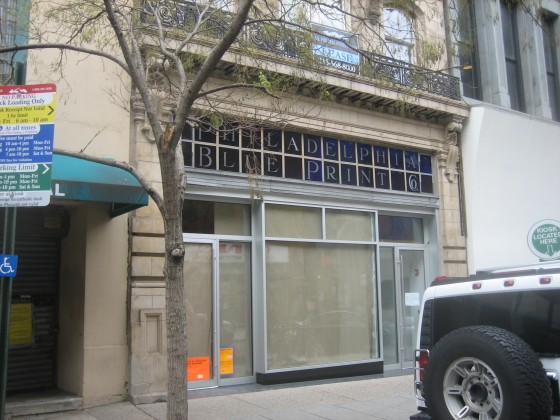
Always liked this building
According to its website, NYC’s Greenhouse location has been “designed to be a unique green experience. One of Greenhouse’s most spectacular attributes is the transparent ceiling fixture, comprised of over 5,000 individually hung crystals, which is designed to emulate a rolling landscape. The bars are clear recycled glass panoramic designs, which displays lush natural scenes. All of the doors are made of eco-friendly materials. Greenhouse continues its ethical contribution by hosting ‘Greenhouse Gives Back,’ a monthly event to benefit green charities.”
LEED certification includes sustainable site development, water savings, energy efficiency, materials selection and indoor environmental quality. We hear that Greenhouse clubs have used recycled or sustainable materials for the building and fixtures, low energy bulbs for lighting, and low flow water for toilets. Now that PA is also energy-deregulated, we’re sure Greenhouse will also be purchasing wind power or possible have their own solar power.
Their building most recently housed Philadelphia Blueprint Company (notice the cool stained glass signage). In the 1860’s, it was the home of Lincoln, Wood & Nichols, manufacturers and importers of straw and millinery goods. The company was a purveyor of fine silk bonnets and a variety of straw or palm leaf hats, as well as clothing.
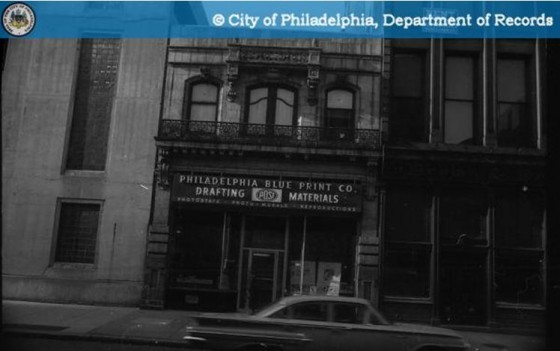
From 1963, from Phillyhistory.org
Here some images of other locations, via Greenhouse’s website. The first two are images of the NYC club, a vibrant rainbow of lights. The second pair of pictures are of the interior of Miami’s club, drastically different than NYC, but just as swanky. We’re left to wonder, will Philadelphia’s Greenhouse reflect either of these eco-friendly design aesthetics, or will it be something completely different and unique?
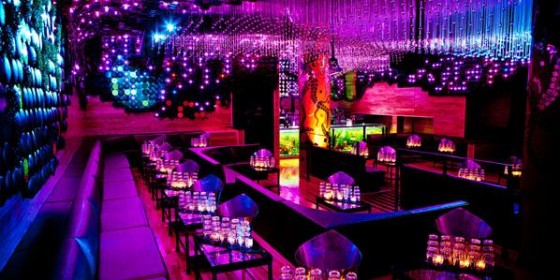
NYC. Lots of purple.
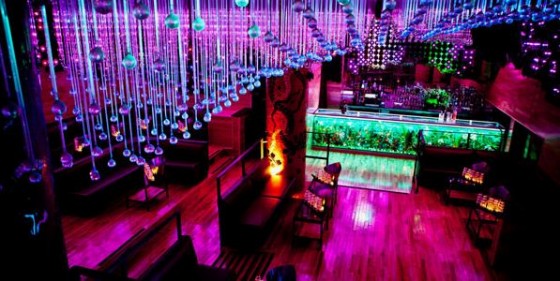
Another shot of the NYC location
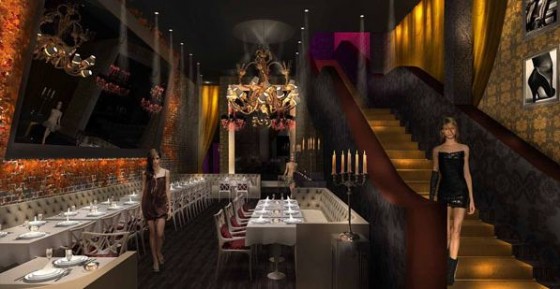
On to Miami!
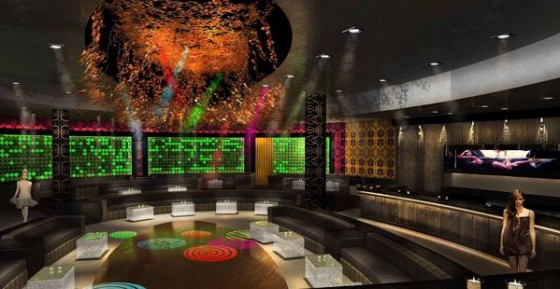
Another Miami photo
